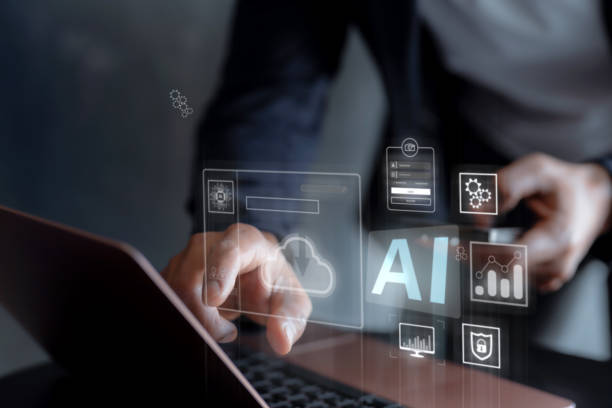What is an AI Robot and How Does it Work?
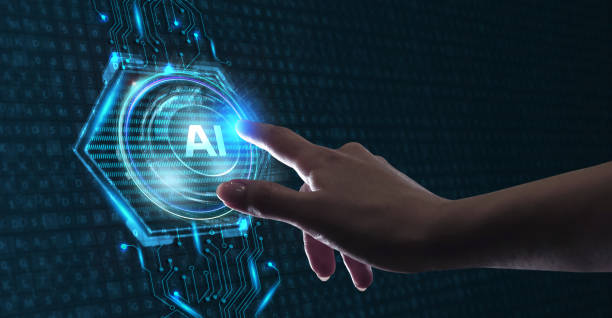
#AI robot (artificial intelligence robot) is a combination of two important technological fields: #artificial intelligence and #robotics.
Simply put, an AI robot is a physical machine that, using artificial intelligence algorithms, is capable of performing tasks that typically require human intelligence.
These tasks can include learning, reasoning, problem-solving, natural language understanding, and even creativity.
The way an AI robot works is that data is first collected through sensors (such as cameras, microphones, touch sensors).
These data are then sent to the robot’s central processor, where they are analyzed by artificial intelligence algorithms.
These algorithms help the robot identify patterns, make decisions, and ultimately perform the appropriate action.
For example, an AI robot used in a factory production line can detect defective parts using a camera and remove them from the line.
You can read more about artificial intelligence on Wikipedia.
An AI robot fundamentally differs from traditional robots.
Traditional robots typically operate based on predetermined instructions and lack the ability to learn or adapt to new conditions.
However, an AI robot can learn from its experiences and improve its performance.
This feature allows AI robots to operate more effectively in complex and unpredictable environments.
What is Artificial Intelligence?
In summary, an AI robot is an intelligent machine capable of performing complex tasks and making decisions in various situations using artificial intelligence.
These types of robots have widespread applications in various industries and will play a significant role in the future of technology.
Does your current company website present a fitting image of your brand and attract new customers?
If not, turn this challenge into an opportunity with RasaWeb’s professional corporate website design services.
✅ Significantly improves your brand’s credibility and image.
✅ Paves the way for attracting new leads and customers.
⚡ Contact RasaWeb now for free and specialized consultation!
Extensive Applications of AI Robots in Various Industries
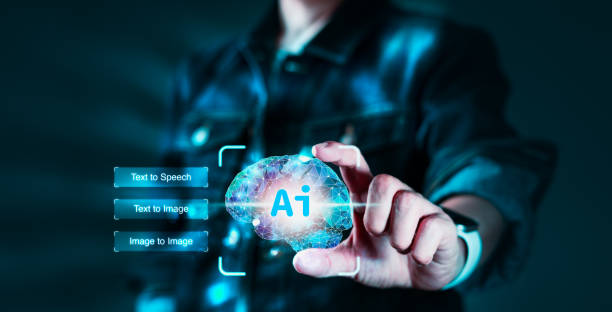
Due to their unique capabilities, AI robots have found very extensive applications in various industries.
In the #manufacturing industry, AI robots are used for process automation, increasing production accuracy and speed, and reducing costs.
For example, welding, painting, and assembly robots equipped with AI can perform their tasks with higher precision and speed than humans.
In the #healthcare industry, AI robots play an important role in disease diagnosis, surgery, rehabilitation, and patient care.
Surgical robots can perform complex surgeries with greater precision, rehabilitation robots assist patients in improving movement and coordination, and care robots can help the elderly and disabled with daily tasks.
Applications of Artificial Intelligence
In the #agriculture industry, AI robots are used for farm management, irrigation, fertilization, and crop harvesting.
These robots can identify plant needs using sensors and AI algorithms and automatically take action to address them.
This leads to increased productivity and reduced water and fertilizer consumption.
In the #service industry, AI robots are used as virtual assistants, chatbots, and reception robots.
These robots can assist customers in finding information, booking services, and resolving issues.
The use of AI robots in the service industry can lead to improved customer experience and reduced operational costs.
AI robots have led to advancements in various fields.
In addition to these industries, AI robots have diverse applications in other fields such as education, transportation, security, and entertainment.
Advantages and Disadvantages of Using AI Robots
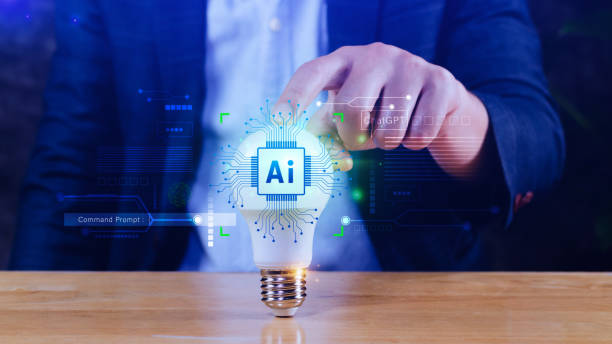
The use of #AI robots offers many advantages, including increased productivity, reduced costs, improved accuracy and quality, and the performance of dangerous tasks.
AI robots can work 24/7 without fatigue, leading to increased productivity and reduced labor costs.
Additionally, AI robots can perform tasks with higher accuracy and quality than humans, which leads to fewer errors and waste.
Furthermore, AI robots can perform dangerous tasks, which reduces risks for humans.
However, the use of #AI robots also has disadvantages, including high initial cost, the need for technical expertise, and ethical concerns.
The initial cost of purchasing and installing AI robots can be very high, which may not be cost-effective for some companies.
Also, maintaining and repairing AI robots requires technical expertise, which may not be readily available.
Furthermore, the use of AI robots raises ethical concerns, including the replacement of human labor and its impact on employment.
However, it should be noted that #AI robots can also create new job opportunities, for example, in the design, production, maintenance, and repair of robots.
Ultimately, the decision to use #AI robots should be made by considering their advantages and disadvantages and the specific conditions of each business.
| Advantages | Disadvantages |
|---|---|
| Increased productivity | High initial cost |
| Reduced costs | Need for technical expertise |
| Improved accuracy and quality | Ethical concerns |
| Performance of dangerous tasks | Replacement of human labor |
What Will Be the Future of AI Robots?

The future of #AI robots is very bright and full of potential.
With continuous advancements in artificial intelligence, robotics, and sensors, AI robots will be able to perform more complex tasks and operate in more diverse environments.
It is expected that in the future, AI robots will play a more prominent role in our daily lives, from assisting the elderly and disabled to driving cars and performing administrative tasks.
Furthermore, #AI robots are expected to bring about major transformations in various industries.
In manufacturing, AI robots will be able to fully automate production processes and significantly increase product quality.
In healthcare, AI robots will be able to diagnose diseases with greater accuracy and provide more effective treatments.
In agriculture, AI robots will be able to intelligently manage farms and increase productivity.
However, the development of #AI robots also presents challenges.
One of the most important challenges is ensuring the safety and security of AI robots.
It must be ensured that AI robots cannot harm humans or be misused.
Another challenge is ensuring the fair use of AI robots.
It must be ensured that the use of AI robots does not lead to social and economic inequalities.
AI robots bring about transformations.
Overall, the future of AI robots is very exciting and holds great potential for improving human lives and advancing various industries.
However, the challenges associated with the development of AI robots must also be considered and efforts made to address them.
Does your company’s website perform as it should for your brand? In today’s competitive world, your website is your most important online tool. RasaWeb, a specialist in professional corporate website design, helps you to:
✅ Attract customer credibility and trust
✅ Convert website visitors into customers
⚡ Get a free consultation!
How to Build an AI Robot?

Building an #AI robot is a complex, multi-stage process that requires knowledge and skills in various fields including artificial intelligence, robotics, programming, and electronics.
However, using available tools and resources, even beginners can build simple AI robots.
Building an AI robot can be challenging.
The main steps for building an #AI robot are:
- Define the robot’s goal and tasks
- Choose appropriate hardware (such as microcontroller, sensors, motors)
- Select suitable software (such as programming language, AI libraries)
- Collect training data
- Train the AI model
- Program the robot
- Test and optimize the robot
To start, you can use ready-made platforms like Arduino or Raspberry Pi.
These platforms provide many tools and resources for building AI robots.
Also, you can use programming languages like Python and AI libraries such as TensorFlow and PyTorch.
TensorFlow
Finally, you should remember that building an #AI robot is an iterative process.
You must continuously test and optimize your robot to improve its performance.
Building an AI robot is not a simple task.
Ethical Considerations in the Development and Use of AI Robots
![]()
The development and use of #AI robots come with important ethical considerations.
One of the most important ethical considerations is accountability.
It must be determined who is responsible for the actions and decisions of an AI robot.
If an AI robot makes a mistake or causes harm, who should be held accountable?
Another ethical consideration is privacy.
#AI robots can collect a lot of information about individuals, including personal, financial, and medical data.
It must be ensured that this information is securely stored and not misused.
The third ethical consideration is justice.
It must be ensured that the use of AI robots does not lead to social and economic inequalities.
For example, if AI robots replace human labor, solutions must be devised to support unemployed workers.
The fourth ethical consideration is transparency.
It must be ensured that the decisions of #AI robots are explainable and understandable.
If an AI robot makes a decision that is harmful to an individual or group, it must be possible to explain why that decision was made.
AI robots must operate transparently.
Finally, we must remember that #AI robots are tools, and like any other tool, they can be used for good or bad purposes.
It is our responsibility to use AI robots ethically and responsibly.
Ethical Considerations of Artificial Intelligence
The Impact of AI Robots on the Labor Market and Employment

The impact of #AI robots on the labor market and employment is a complex and controversial issue.
On one hand, some believe that AI robots will lead to job losses and increased unemployment.
On the other hand, others believe that AI robots will create new job opportunities and contribute to economic growth.
The reality is that the impact of #AI robots on the labor market and employment depends on various factors, including the speed of AI robot development and deployment, government and corporate policies, and the readiness of the workforce to adapt to changes.
AI robots create changes in the labor market.
In the short term, we will likely see the loss of some jobs, especially those that are repetitive, routine, and automatable.
However, in the long term, #AI robots are expected to also create new job opportunities, particularly in areas such as robot design, production, maintenance, and repair, AI software development, and data analysis.
To benefit from #AI robots and prevent their negative effects, appropriate policies must be adopted.
These policies should include investment in education and training, support for unemployed workers, and encouragement of innovation and entrepreneurship.
Training skilled personnel for the use of AI robots is important.
| Positive Impacts | Negative Impacts |
|---|---|
| Creation of new job opportunities | Loss of some jobs |
| Increased productivity | Increased unemployment |
| Economic growth | Economic inequality |
| Improved quality of life | Need for adaptation to changes |
Challenges Facing the Development of AI Robots in Iran
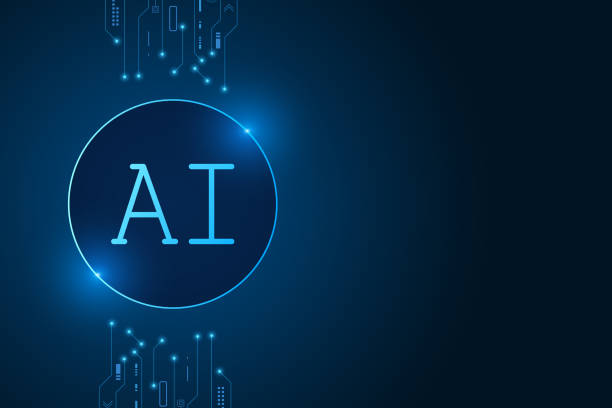
The development of #AI robots in Iran faces numerous challenges.
One of the most important challenges is the lack of investment in research and development.
To be able to progress in the field of AI robots, we need to invest more in research and development.
Another challenge is the shortage of skilled labor.
To effectively use #AI robots, we need sufficient skilled personnel in the fields of artificial intelligence, robotics, programming, and electronics.
We must invest more in education and training to cultivate the necessary skilled workforce.
The third challenge is legal and regulatory limitations.
We must formulate appropriate laws and regulations for the development and use of #AI robots to prevent misuse of this technology.
The fourth challenge is culturalization.
We must promote a culture of using #AI robots in society so that people become familiar with this technology and benefit from its advantages.
The development of AI robots in Iran is challenging.
Despite these challenges, Iran has high potential for the development of #AI robots.
We have talented and motivated human resources, reputable universities, and active knowledge-based companies.
By adopting appropriate policies and investing in research and development, we can achieve significant advancements in the field of AI robots.
Does your company’s website perform as it should for your brand? In today’s competitive world, your website is your most important online tool. RasaWeb, a specialist in professional corporate website design, helps you to:
✅ Attract customer credibility and trust
✅ Convert website visitors into customers
⚡ Get a free consultation!
The Role of Government and Private Sector in the Development of AI Robots
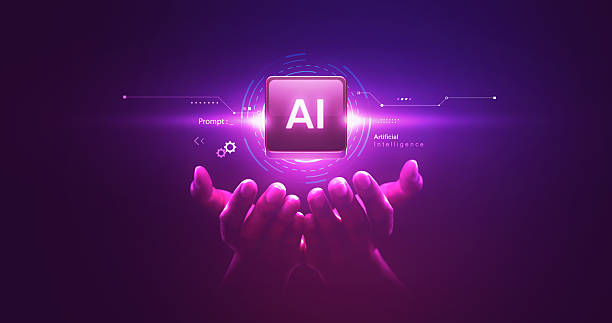
The development of #AI robots requires close cooperation between the government and the private sector.
The government can play a significant role in the development of AI robots by investing in research and development, creating suitable infrastructure, formulating laws and regulations, and supporting knowledge-based companies.
The private sector can also play an important role in the development of AI robots by investing in the production and commercialization of AI robots, creating new job opportunities, and providing innovative services and products.
AI robots need investment.
Cooperation between the government and the private sector can lead to the creation of an innovative and dynamic ecosystem where companies and universities can collaborate and turn new ideas into reality.
This ecosystem can accelerate the development of #AI robots in Iran and transform the country into a regional power in this field.
The government and the private sector must collaborate to solve the challenges facing the development of #AI robots and leverage the benefits of this technology to improve people’s lives and advance the country’s economy.
AI robots contribute to the country’s progress.
Resources and Tools for Learning AI Robots
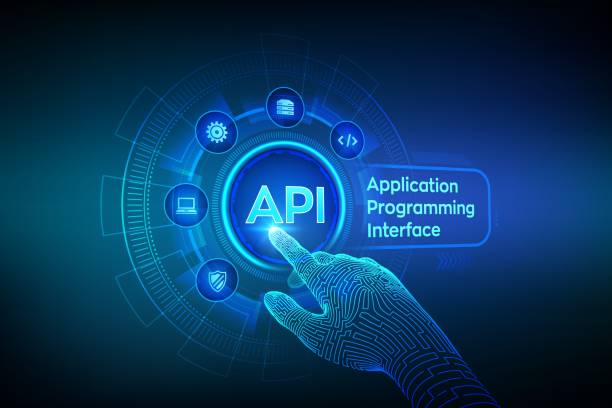
For learning #AI robots, various resources and tools are available.
You can use books, articles, online courses, websites, and specialized forums.
Some useful resources and tools include:
- Online courses Coursera, edX, Udacity
- AI libraries TensorFlow, PyTorch, scikit-learn
- Robotics platforms Arduino, Raspberry Pi
- Specialized forums Stack Overflow, Reddit
Also, you can improve your skills by participating in practical projects and building simple AI robots.
Learning AI robots requires practice.
The most important thing is to continue learning with motivation and perseverance and learn from your mistakes.
With effort and perseverance, you can achieve success in the field of #AI robots.
Remember that learning #AI robots is a continuous process, and you must always keep your knowledge and skills up to date.
AI robots are constantly evolving.
AI Training Courses
Frequently Asked Questions
| Row | Question | Answer |
|---|---|---|
| 1 | What is an AI robot? | An AI robot is a machine capable of understanding, reasoning, learning, and problem-solving, and can perform complex tasks with relative autonomy. |
| 2 | What are the most important applications of AI robots? | Main applications include industrial manufacturing, customer service (chatbots), medicine and surgery, autonomous transportation, space exploration, and military affairs. |
| 3 | What is the main difference between an AI robot and a regular robot? | A regular robot only follows programmed instructions, while an AI robot can learn from data, make decisions, and adapt itself to new environments. |
| 4 | How do AI robots learn? | They learn by identifying patterns and improving their performance through machine learning algorithms (such as deep learning, reinforcement learning) and processing vast amounts of data. |
| 5 | Can AI robots have emotions? | Currently, AI robots do not have real human-like emotions. They can mimic or detect emotions, but they do not understand or experience them. |
| 6 | What are the current limitations of AI robots? | Limitations include the need for large amounts of data, inability to understand abstract concepts, lack of true creativity, ethical issues, and generalizability challenges in new environments. |
| 7 | What is the role of AI in the development of Humanoid robots? | AI helps humanoid robots to walk, maintain balance, understand their surroundings, interact with humans, and perform complex tasks. |
| 8 | How is the future of AI robots predicted? | It is predicted that AI robots will become smarter, more autonomous, and capable of performing more complex tasks in daily life and industry, with increased interaction with humans. |
| 9 | Can AI robots replace all human jobs? | It is unlikely that all human jobs will be replaced. Robots will take over many repetitive and dangerous tasks, but jobs requiring creativity, empathy, and ethical judgment will remain. |
| 10 | What ethical and social challenges arise with the expansion of AI robots? | Challenges include issues related to privacy, data security, ethical decision-making by robots, impact on employment, and accountability in case of errors. |
And other advertising agency services by Rasa Web in the field of advertising
- Smart Direct Marketing: A specialized service for growth and SEO rank improvement based on attractive UI design.
- Smart Customer Journey Map: An innovative service for increasing digital branding through intelligent data analysis.
- Smart Brand Identity: A specialized service for growth and sales increase based on attractive UI design.
- Smart Advertising Campaign: An innovative service for increasing digital branding through key page optimization.
- Smart Social Media: A creative platform for improving customer behavior analysis with custom programming.
And over a hundred other services in the field of internet advertising, advertising consultation, and organizational solutions
Internet Advertising | Advertising Strategy | Advertorial
Sources
AI Robots Guide on Digikala Mag
AI Applications in Robotics on Zoomit
The Future of Robotics and AI in Donya-e-Eqtesad
The Impact of AI on Industry on ISNA
? RasaWeb Afarin Digital Marketing Agency is your companion on the path to achieving digital success. From custom website design to SEO optimization and advertising campaign management, we provide innovative solutions for your business growth.
📍 Tehran, Mirdamad Street, next to Bank Markazi, Southern Kazeroun Alley, Ramin Alley, No. 6

